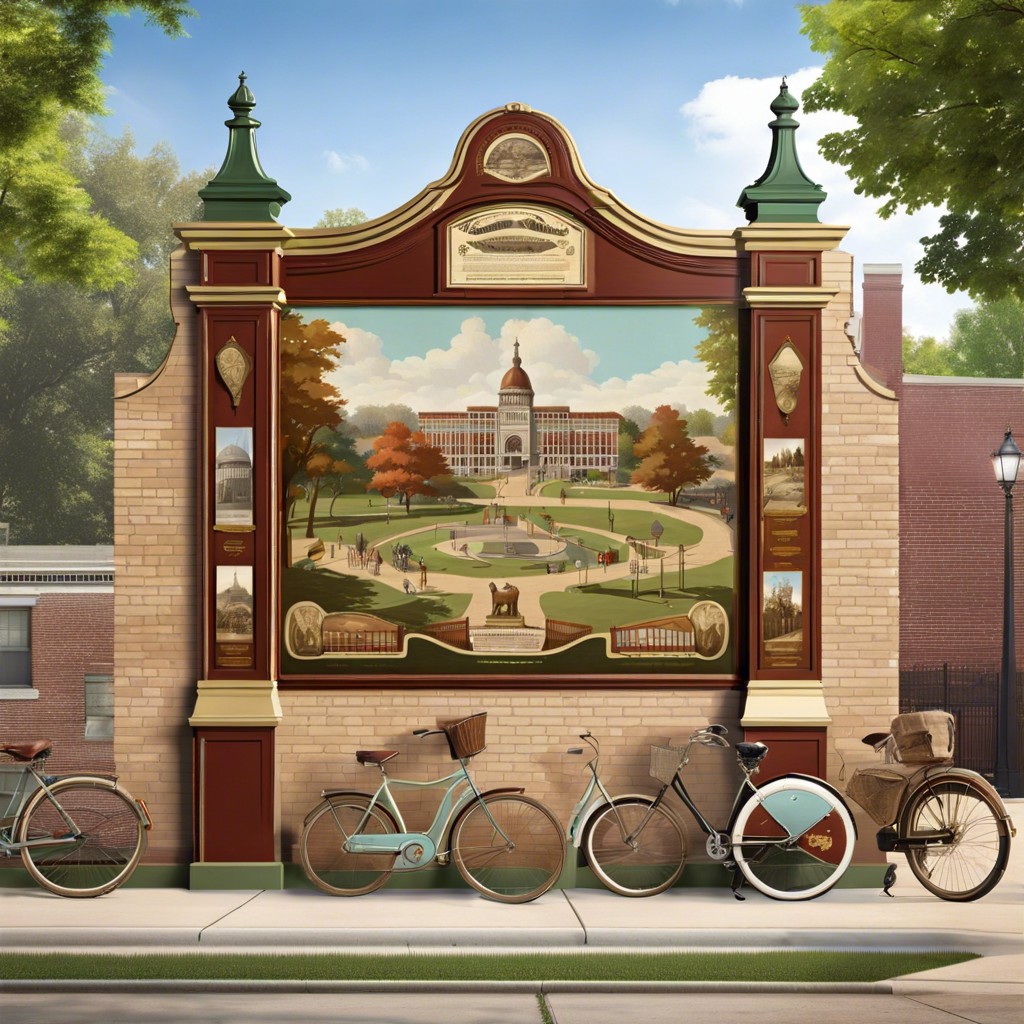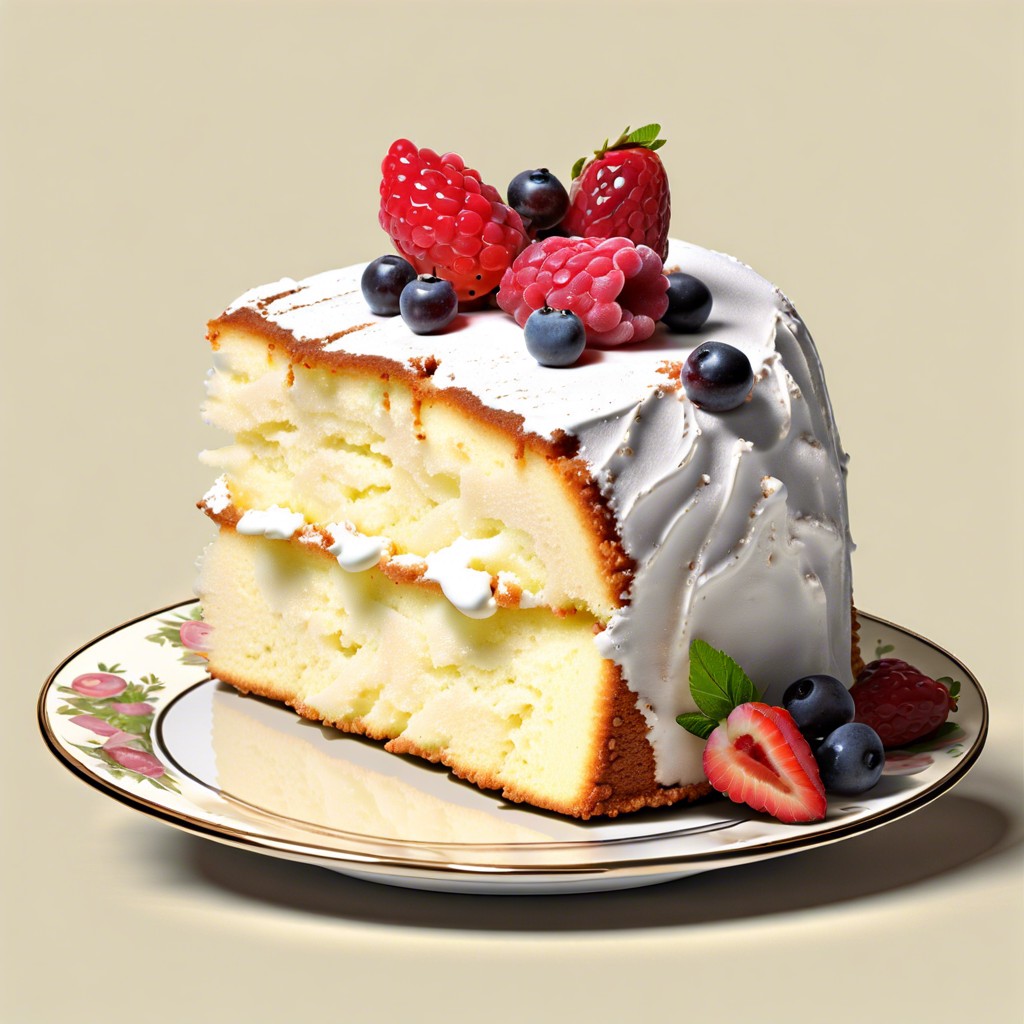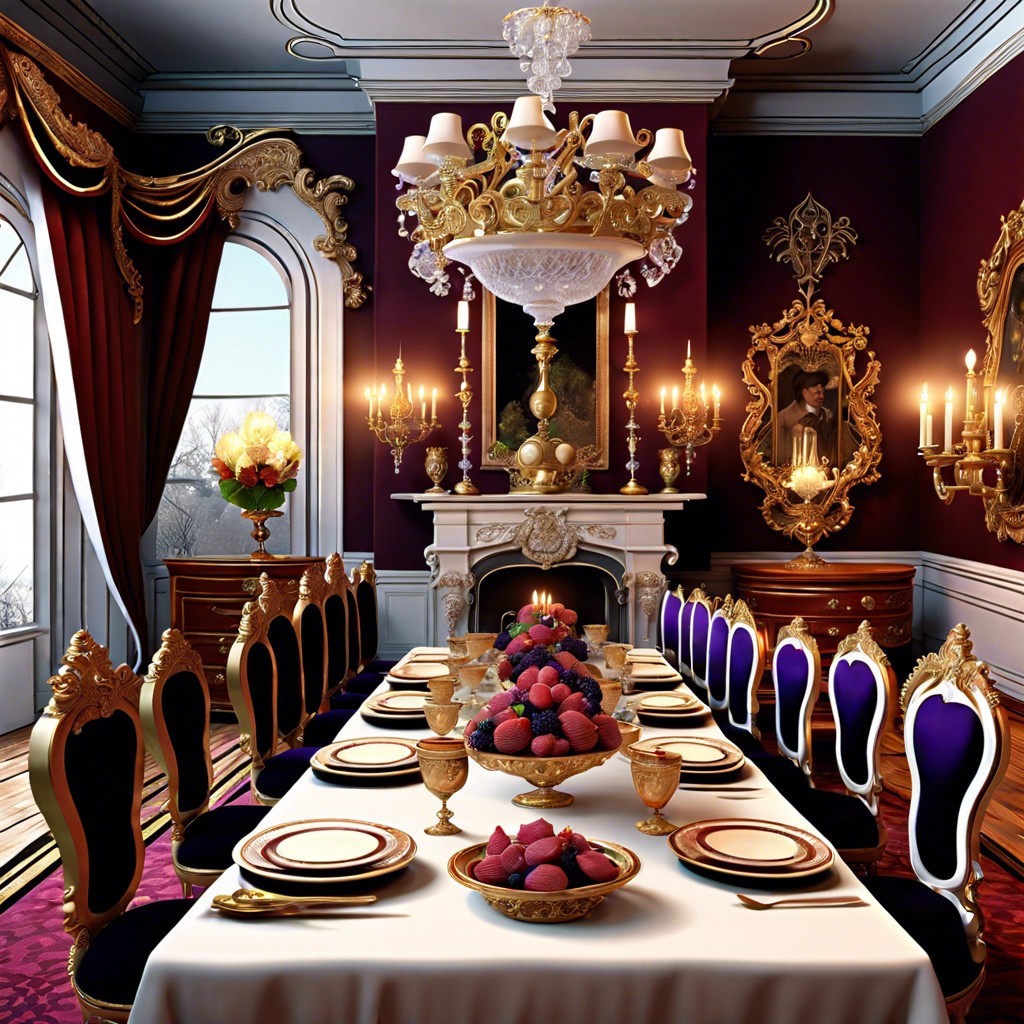Last updated on
Discover the charm and history behind vintage Santa figurines and how they’ve become a beloved part of holiday traditions.
Key takeaways:
- Vintage Santa collectibles have a rich history dating back to the 19th century.
- The value of vintage Santa collectibles is determined by factors such as condition, rarity, historical significance, authenticity, and market demand.
- Proper conservation and restoration techniques are essential for preserving and maintaining vintage Santas.
- Vintage Santa memorabilia comes in various forms, including celluloid, cardboard, mechanical, hand-carved wood, and plush toys.
- Trends in collecting vintage Santas have shifted over the decades, from nostalgia and individuality to investment and storytelling.
History of Vintage Santa Collectibles
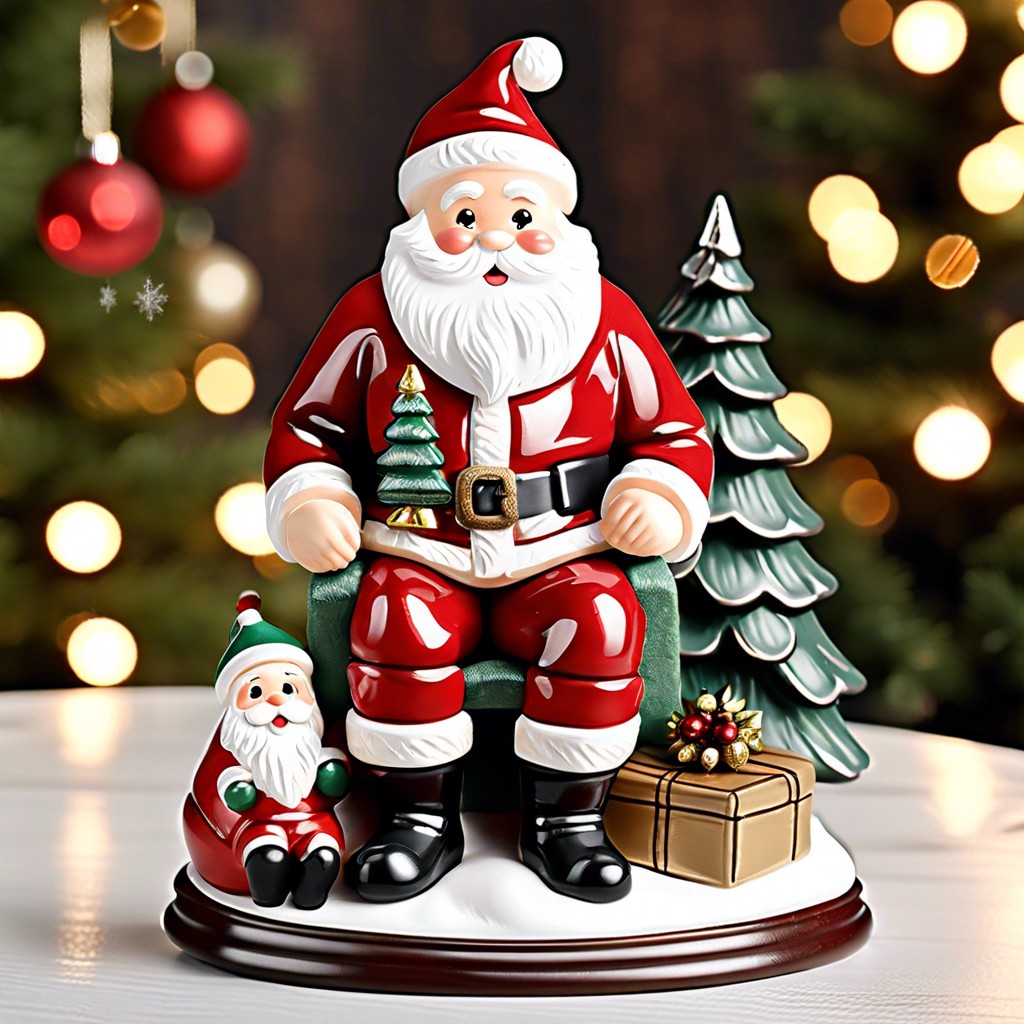
Santa Claus, a figure rooted in folklore, has been immortalized through an array of collectibles since the 19th century. Initially, depictions leaned towards St. Nicholas, the patron saint of children, featuring a slender, solemn figure with religious undertones. The evolution from St. Nicholas to the jolly, red-suited Santa known today was gradual, influenced significantly by Clement Clarke Moore’s 1823 poem “A Visit from St. Nicholas.”
By the early 20th century, Coca-Cola ads portrayed by Haddon Sundblom cemented the modern vision of Santa. This reimagined Santa spawned a surge in merchandise, with items such as Coca-Cola promotional materials becoming highly sought after among collectors.
Collectibles range from hand-carved wooden figurines of the early 1800s to post-war celluloid and plastic icons. These items often reflect the varying artistic interpretations, cultural trends, and technologies of their times. For example, the popularity of Christmas postcards in the early 1900s spurred a wave of Santa-themed cards, rich in charm and detail.
During the mid-20th century, mechanical Santas that could wave or turn their heads became popular. Contrasted with earlier, more static pieces, these animated collectibles capture the whimsy and magic of Christmas in a tangible form. Each era’s take on Santa brings a different flavor to collections, bridging nostalgia with historical significance.
Criteria for Valuing Vintage Santa Collectibles
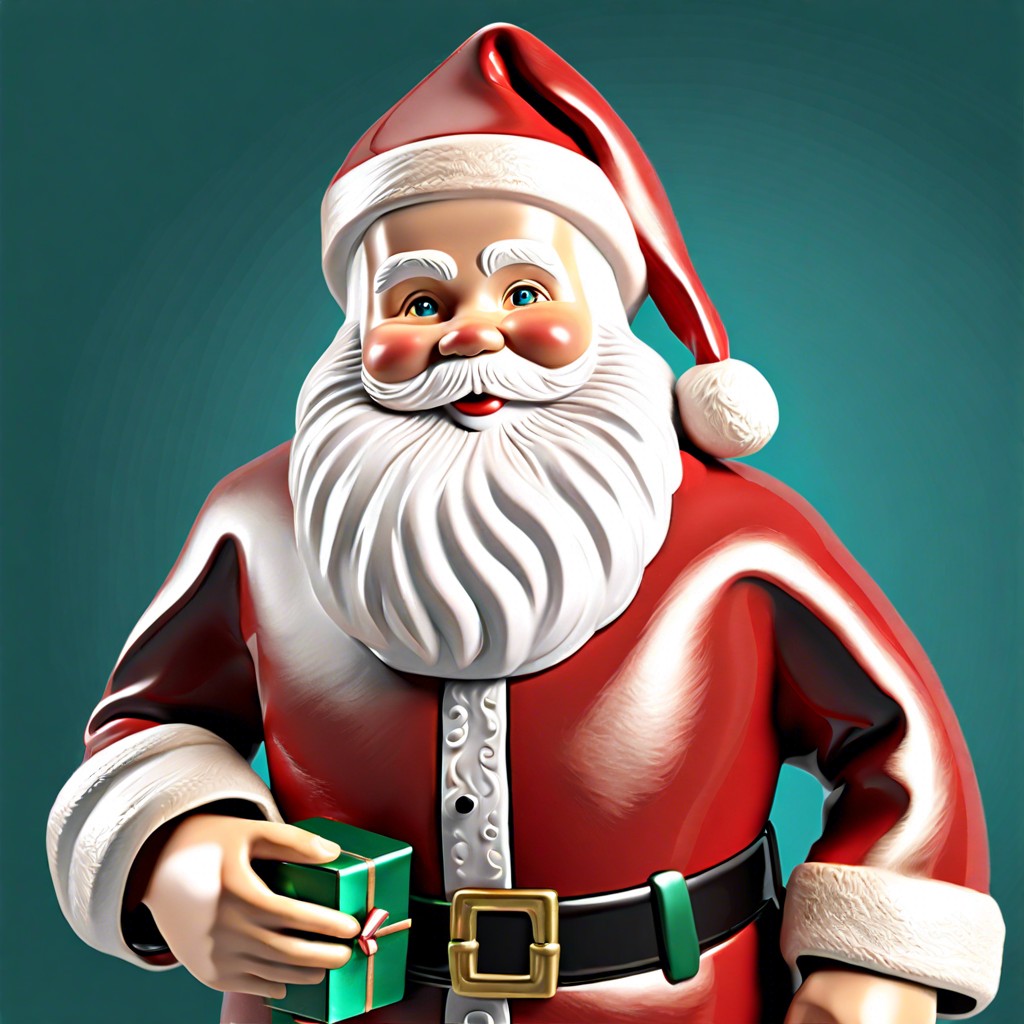
Determining the value of vintage Santa collectibles hinges on several key factors. First, condition plays a pivotal role. Items in mint condition, without chips, cracks, or fading paint, typically fetch higher prices. Rarity also contributes to value; the fewer there are on the market, the more collectors are willing to pay. Historical significance cannot be overlooked. Pieces linked to specific eras or events in history are highly prized. Authenticity is crucial—genuine articles with verifiable provenance are far more valuable than replicas. Finally, market demand wields influence over value, with popular items commanding a premium. Thus, keen collectors should pay attention to these elements when evaluating their treasures.
Conservation and Restoration Tips for Vintage Santas
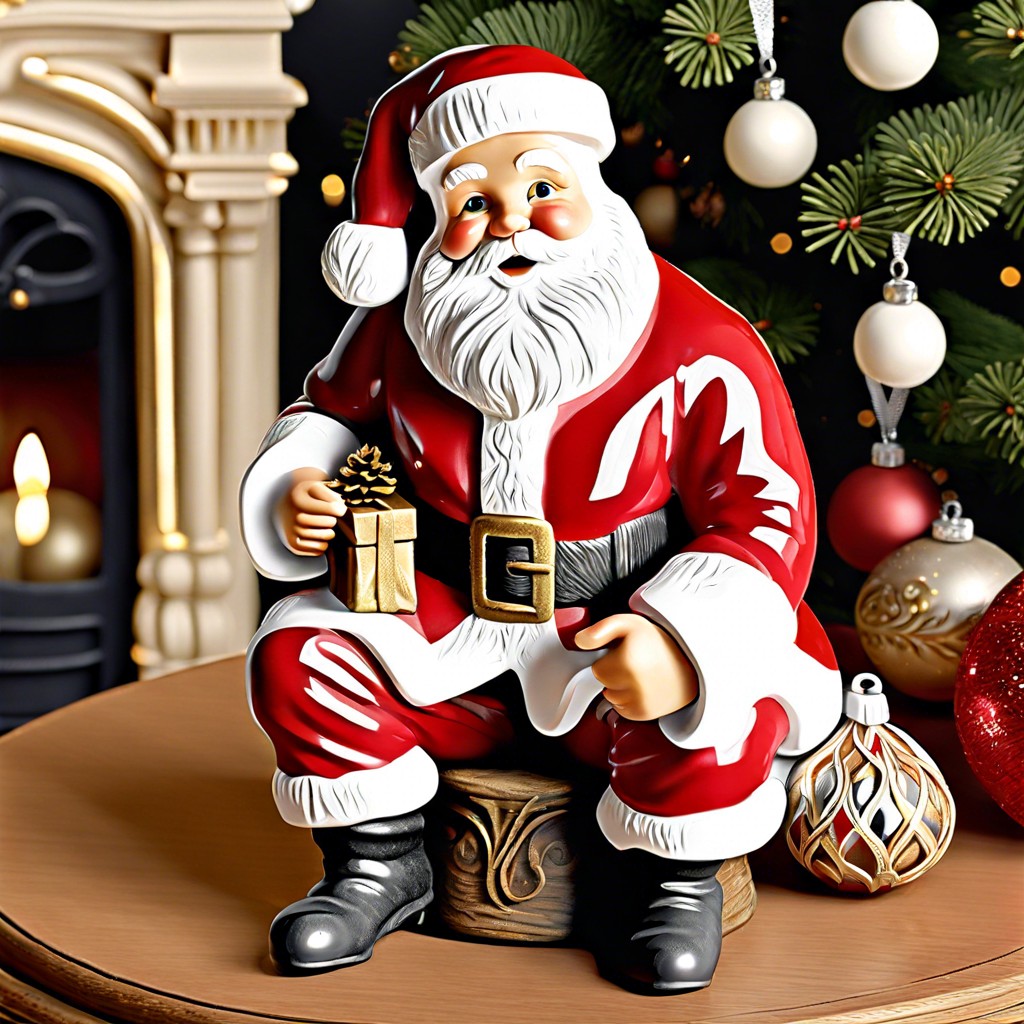
A stitch in time saves nine, so goes the adage, and this rings especially true for maintaining vintage Santa collectibles. Keeping the jolly old figures in top shape requires a gentle touch and an awareness of their delicate nature. Here’s how to keep your Kris Kringle kicking through the holiday seasons to come.
First off, cleanliness is next to godliness; regularly dust your vintage Santas with a soft brush to avoid accumulation of grime. For those with fabric elements, a vacuum with a low suction setting and a stocking over the nozzle can perform wonders without causing harm.
When it comes to handling, think of your vintage Santas as if they’re made of gingerbread – firm but likely to crumble with rough treatment. Wash your hands before you touch them. Oils and acids from your skin can damage antique surfaces over time.
Sunlight may be the best disinfectant, but it’s no friend to old Saint Nick. Direct sunlight can cause colors to fade and materials to deteriorate. Display your treasures in shaded areas where they can shine without being faded by the sun’s harsh rays.
Even the heartiest of Santas can show his age and require a touch-up. If repairs are necessary, research or consult a professional restorer. Gluing Rudolph’s antler back on might seem like a simple task, but using the wrong adhesive could spell disaster for your vintage piece.
Remember, Santa’s mantra of “make a list and check it twice”? Apply the same principle to your conservation efforts. Regularly inspect your collectibles for signs of wear or damage. Timely attention to small issues can prevent larger losses in the future.
In all, preservation of vintage Santas is an act of patience and reverence for the past. By applying these tips, you can extend the legacy of your festive figurines for generations of merry enjoyment.
Notable Variations of Vintage Santa Memorabilia
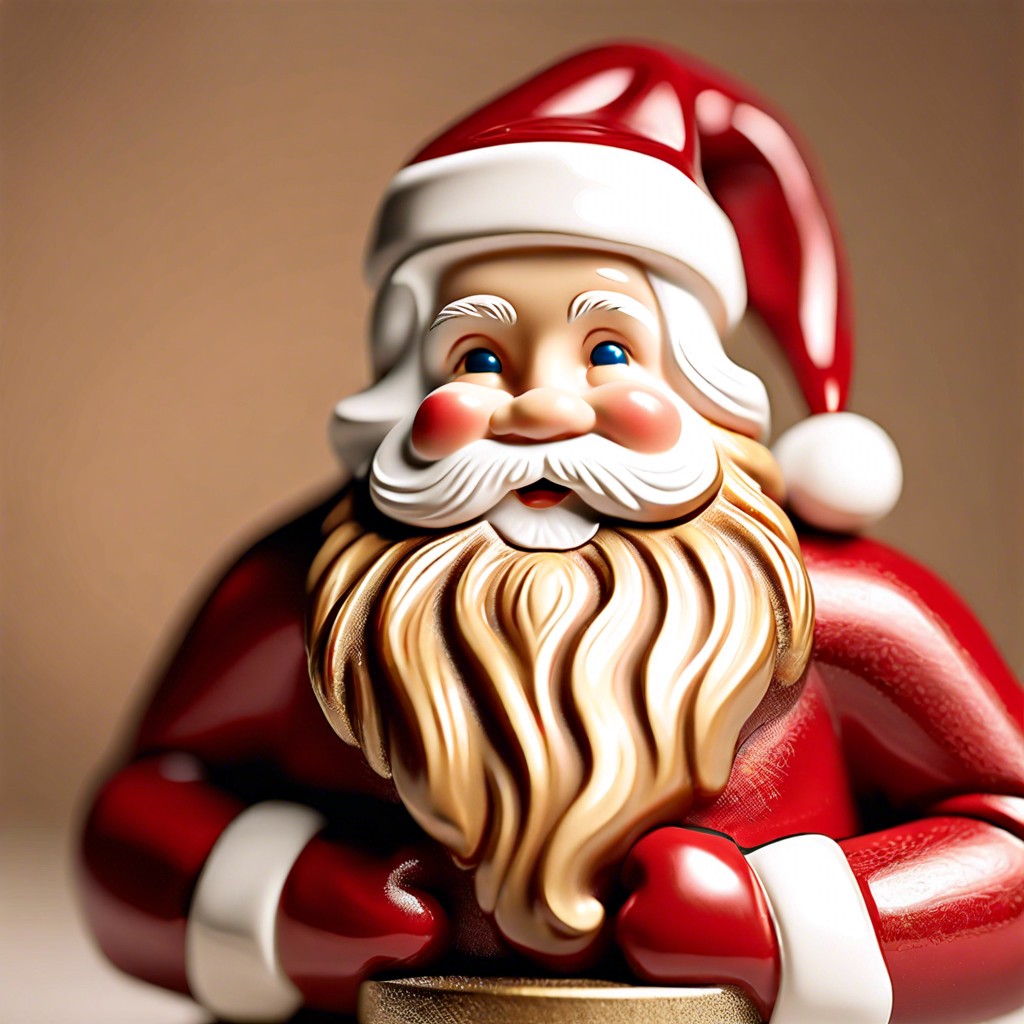
Santa figures have taken many forms over the years, reflecting changing tastes and cultural influences. Coca-Cola’s advertising in the 1930s solidified the image of Santa as a jolly, rotund man in a red suit, but this wasn’t always the case. Early representations often showed him as a lean figure in green or blue robes.
Celluloid Santas from the early 20th century are prized for their delicate construction and are quite a draw for enthusiasts. These figurines can range from small pocket-sized pieces to larger-than-life store displays. The magic is in their fragility; they survived against the odds.
The World War II era introduced cardboard Santas, crafted in response to material shortages. These often bore patriotic themes, marrying holiday cheer with wartime solidarity.
Mechanical Santas, especially those from the mid-century, charm collectors with their whimsy. Wind them up and watch them go – whether it’s ringing a bell, climbing a chimney, or simply nodding along to a silent tune.
In contrast, hand-carved wooden Santas hark back to European traditions. These pieces carry a rustic authenticity, each bearing the unique touch of their creator’s hand.
Lastly, a more recent, yet already nostalgic, collection includes the 80s and 90s plush Santas. These soft toys capture a different type of warmth, reminiscent of childhood Christmases and simpler joys.
Trends in Collecting Vintage Santas Over the Decades
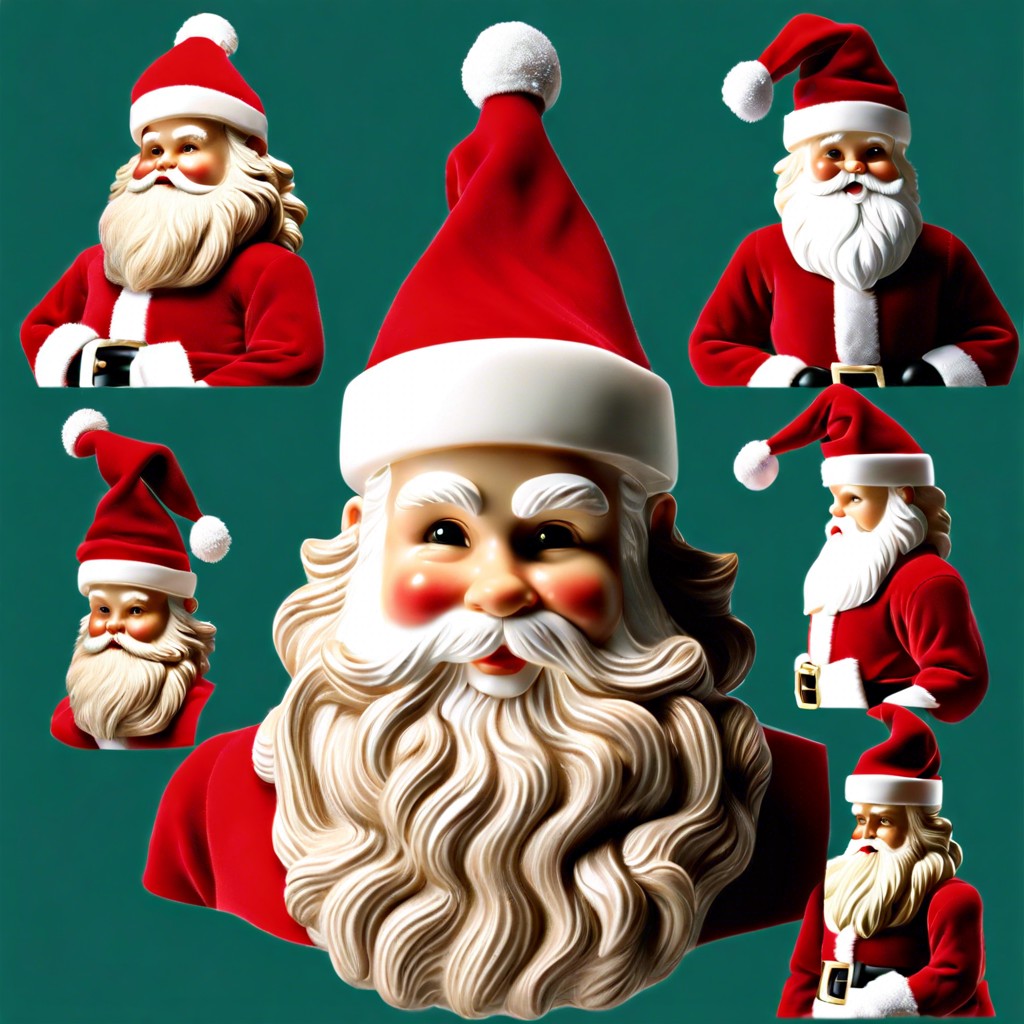
As time marches on, the allure of Santa collectibles has waxed and waned, mirroring broader societal trends. In the mid-20th century, the boom in Christmas décor production saw Santa figurines at the forefront, blending nostalgia with post-war prosperity. During the 1960s and 1970s, as mass production became commonplace, collectors put a premium on handmade or limited edition pieces, seeking a touch of individuality amid the sea of factory-made items.
Fast forward to the 1980s, investment collecting surged. Collectors hunted for Santas from specific eras or manufacturers, believing these pieces would skyrocket in value. This led to a vibrant secondary market, where rare finds could command eye-watering prices at auction.
The digital era has shifted collecting yet again. Online platforms have democratized access, allowing enthusiasts from all over to join the hunt. This connectivity has also fostered specialized communities, where knowledge, rather than deep pockets, is the currency of the realm.
Through the present day, there’s a noticeable tilt towards experiences over possessions. It’s reflected in the collector’s landscape by an emphasis on the stories behind the Santas. Heirlooms handed down through generations, or pieces with peculiar provenance, bring history to life and become conversational centerpieces.
The trajectory of collecting vintage Santas has been anything but a sleigh ride on a well-trodden path. Its evolution continues to captivate and challenge those fascinated by the red-suited icon of yuletide cheer.
